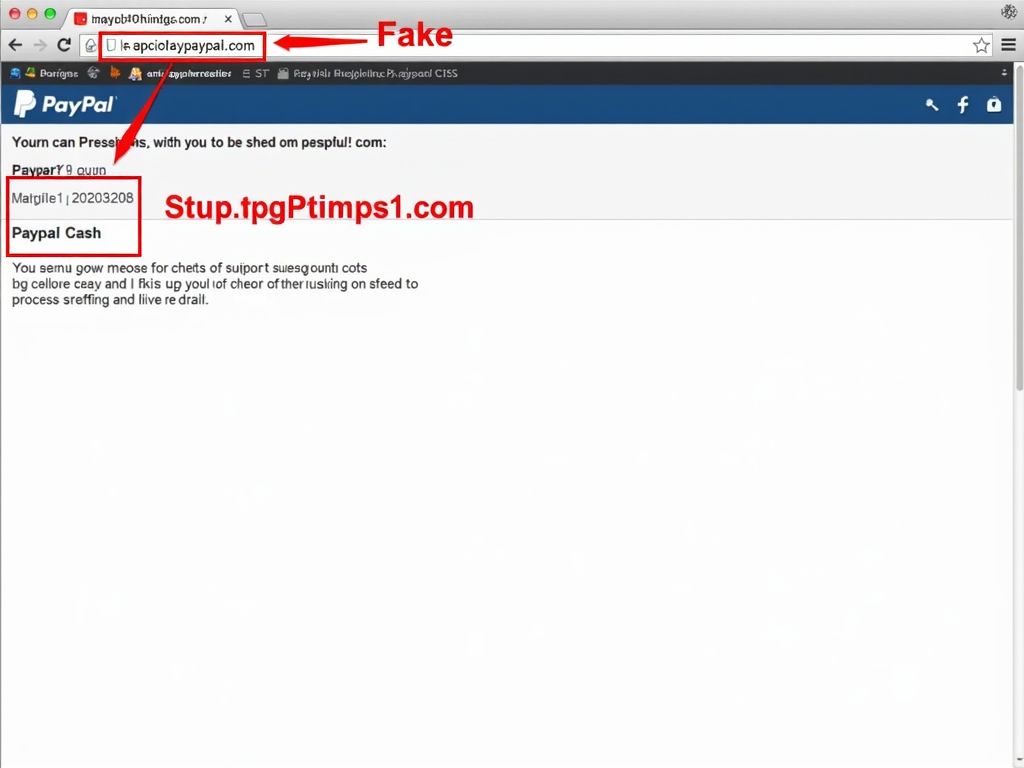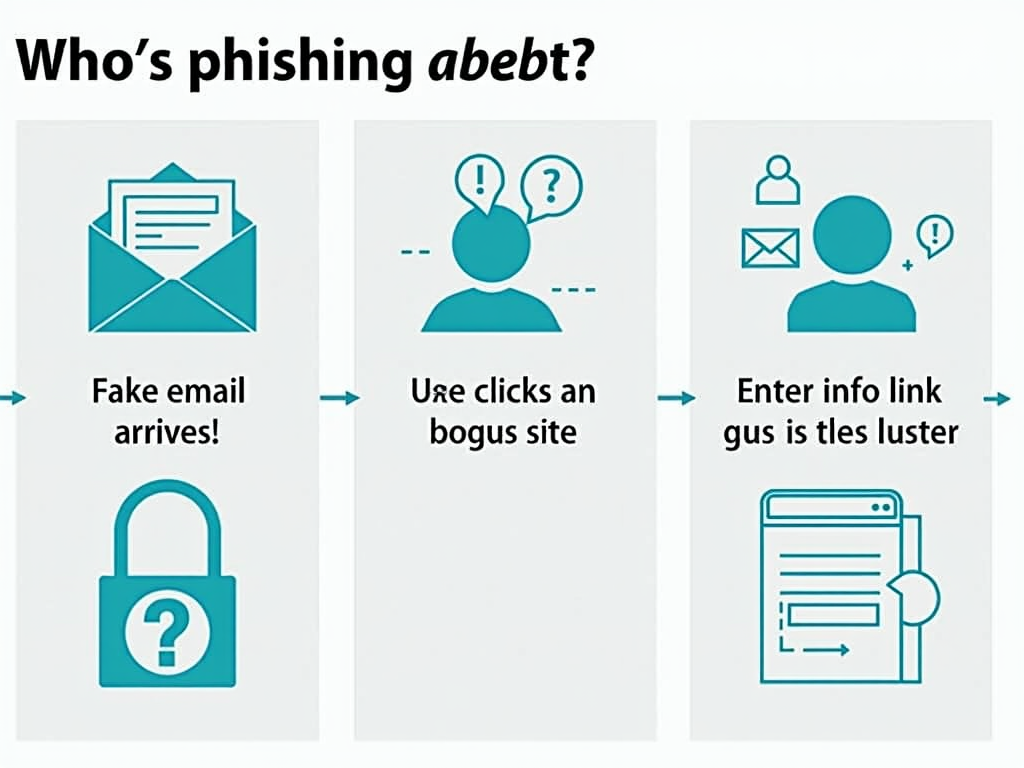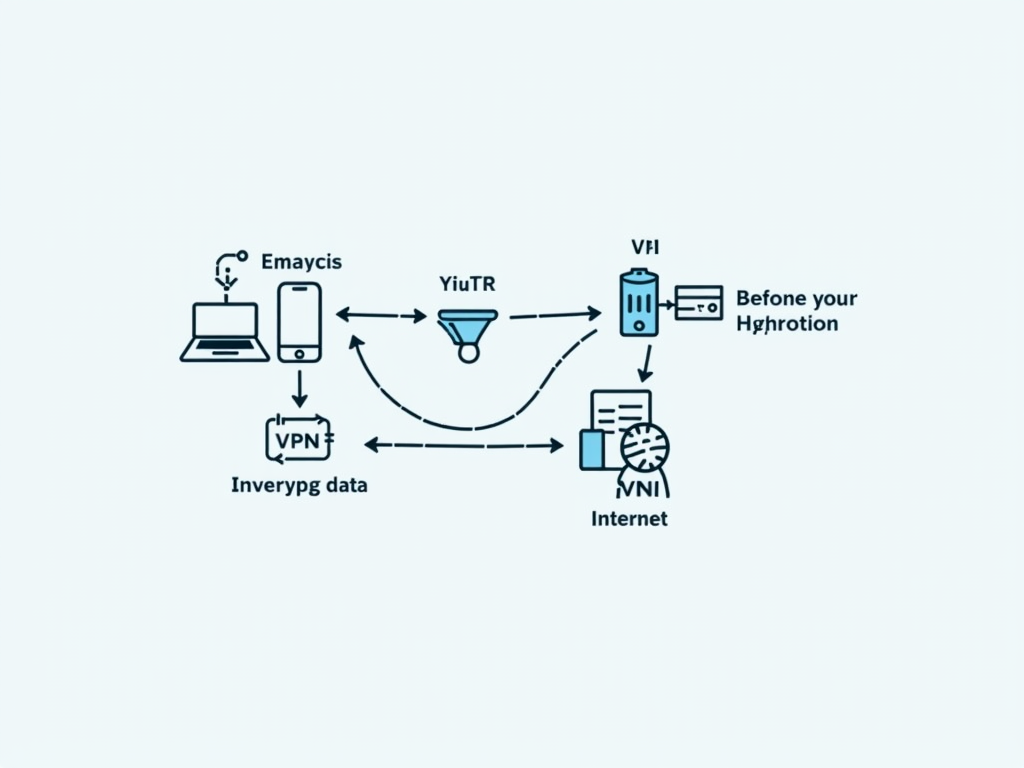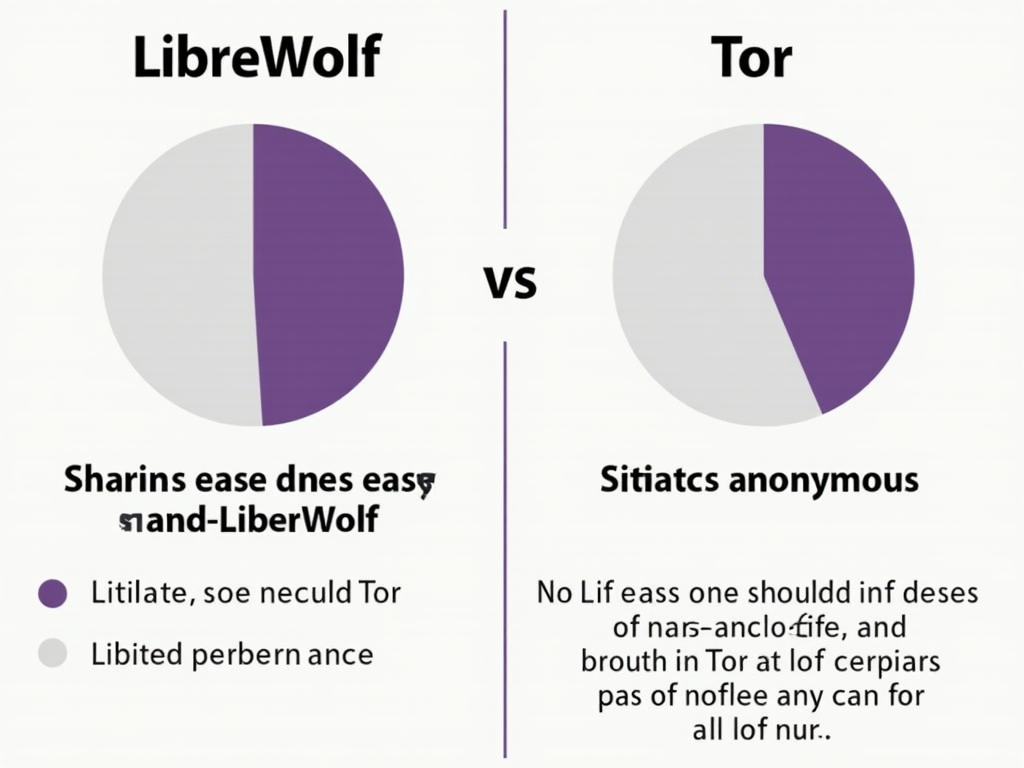How to Spot and Avoid Phishing Scams: A Comprehensive Guide
Phishing scams trick people into sharing personal info like passwords or credit card numbers. They’re sneaky, often posing as trusted companies. This guide shows you how to spot and avoid phishing scams, keeping your data safe in a digital world full of threats.
What Are Phishing Scams?
Phishing is when criminals pretend to be someone you trust—like your bank or a favorite store—to steal your info. They send emails or texts that look real but aren’t. In 2020, the FBI reported over 240,000 phishing victims in the US alone. Check out the FBI’s Internet Crime Report for more stats.

Different Types of Phishing Scams
Phishing comes in many forms. Here’s a quick rundown: - Email Phishing: Mass emails from fake companies. - Spear Phishing: Targeted attacks using personal details. - Whaling: Going after big shots like CEOs. - Smishing: Text messages with shady links. - Vishing: Phone calls fishing for info.
How to Spot Phishing Scams
Catching phishing attempts isn’t hard once you know what to look for. Watch for odd sender addresses—like '[email protected].' Look out for spelling errors or weird phrasing. Scammers love urgent threats, like 'Your account will close today!' Hover over links (don’t click!) to see the real URL. If it’s not HTTPS, be suspicious. And never open random attachments.

How to Avoid Phishing Scams
Stay safe with these steps: - Create strong, unique passwords—mix letters, numbers, and symbols. - Turn on two-factor authentication (2FA) everywhere you can. - Update your apps and devices regularly. - Use antivirus software to catch threats. - Learn about scams and share what you know with friends.
Common Phishing Scams to Watch Out For
Some scams pop up a lot. Fake invoice emails trick you into paying for nothing. Tech support scams claim your computer’s infected and ask for access. Lottery scams say you’ve won big—but need to send money first. Stay sharp and question everything.
My Close Call with a Phishing Scam
Once, I got an email from 'my bank' about suspicious activity. It had the logo and looked legit. But the sender was off—'@bank-security.com' instead of the real domain. The link went to a weird site too. I called my bank directly and dodged a bullet. Always double-check!
Boost Protection with VPNs and Privacy Browsers
A VPN hides your online activity by encrypting it. Pair it with a privacy browser for extra safety. Top VPNs to pair with privacy browsers include: - ExpressVPN: Fast and secure. - NordVPN: Tons of servers. - CyberGhost: Easy to use. See PCMag’s VPN reviews for more.

Review of LibreWolf Browser: Is It Better Than Tor?
LibreWolf is a privacy-focused Firefox spin-off. It blocks ads and trackers out of the box. Tor bounces your connection around for anonymity but can lag. LibreWolf’s faster and simpler for daily use, while Tor’s best for hiding completely. Visit LibreWolf’s site or Tor Project for details.

More Online Privacy Tools
Beyond VPNs and browsers, try these: - Password Managers: LastPass or Bitwarden keep passwords safe. - Encrypted Email: ProtonMail protects your messages. - Ad Blockers: Stop trackers in their tracks. These online privacy tools make a big difference.
Wrapping Up
Phishing scams are everywhere, but you can beat them. Spot the signs, take action, and use tools like VPNs and privacy browsers. Prioritizing online privacy keeps you in control. Stay curious and cautious—your info’s worth it!